State Infrastructure Strategy 2022-2042
Our vision
We will drive collaborative state infrastructure planning to boost productivity, grow our economy and create jobs throughout the state. Infrastructure planning and delivery will leverage opportunities to improve the liveability of our communities and capitalise on innovation to build a strong, sustainable, and resilient Queensland.
The State Infrastructure Strategy 2022 presents a clear vision of the Queensland Government’s infrastructure requirements over the next two decades. It sets out our objectives for infrastructure and the priority actions to drive the future we want for Queensland. It’s also clear about the challenges and opportunities we’ll face over this time.
The strategy sets out to align infrastructure investment across agencies to help inform industry and other levels of government. It promotes place-based infrastructure planning, working closely with industry and the broader community to leverage their experience and knowledge. We are doing more with less, driving performance and tackling complex issues, while providing infrastructure that meets the changing needs of our population and industries.
The strategy will be revised every four years to continue to guide and reflect the evolving nature of infrastructure.
- Download the State Infrastructure Strategy 2022 (
 10.4 MB)
10.4 MB)
Strategy development
-
Stakeholder engagement was fundamental to shaping the State Infrastructure Strategy 2022. The strategy was developed through regional workshops, online engagement, and consultation on a draft strategy.
These activities, together with research and expert advice, helped build a rich picture of challenges, opportunities and priorities for infrastructure across Queensland now and into the future. The strategy has also been developed in partnership with infrastructure delivery agencies within Queensland Government.
Our progress
Two years after the release of the strategy, great progress has been made advancing Queensland’s infrastructure program and initiatives. The State Infrastructure Strategy Progress Report 2024 shares highlights and achievements.
Four guiding objectives
These guiding objectives form the foundation of the strategy underpinning the Queensland Government’s 20-year vision for infrastructure.
-

Investment in productive infrastructure will drive industry diversification and unlock the state’s future success. It improves longer-term economic resilience and growth by reducing input costs for business, enhancing market access and supply chain linkages, unlocking economic opportunities and attracting workers by improving liveability. Delivery of a sustainable pipeline of infrastructure supports local jobs and responds to increasing growth pressures in South East Queensland.
-

Sustainability and resilience is being enhanced through the better design and location of built assets and better management of both built and natural assets to reduce their environmental impact. Improving infrastructure resilience and adaptation in response to the increasing impacts of climate change is also vital, given the increasing frequency and scale of natural disasters. Core to this objective is moving to a more sustainable and renewable future including incorporating flexibility to meet changing needs.
-
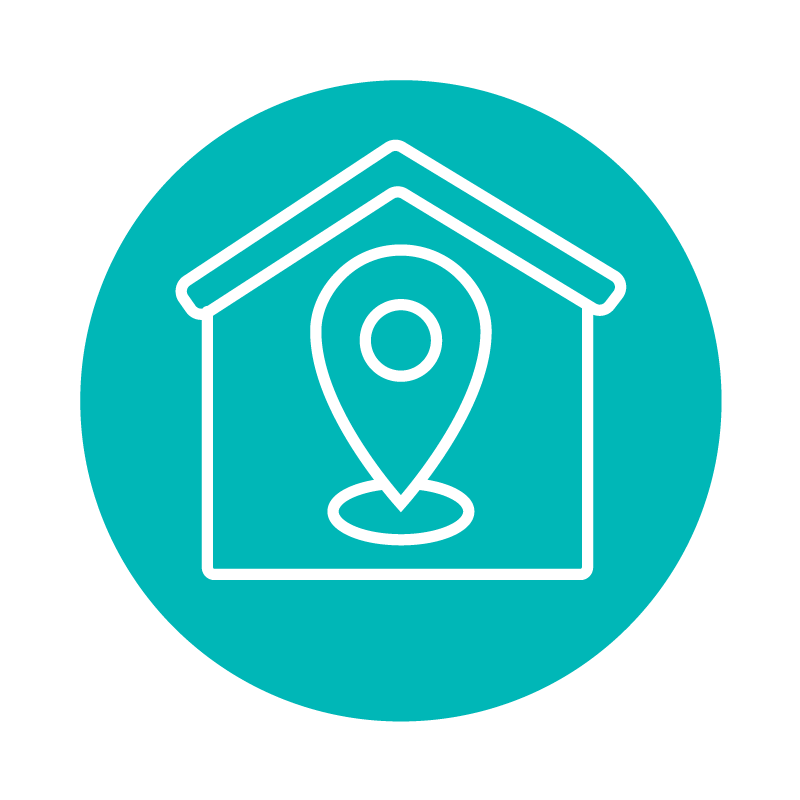
Place-based approaches to infrastructure planning and delivery activates specific areas or sectors to create thriving, resilient and liveable communities. This provides conveniently located and accessible services including multi-purpose facilities and mixed-used precincts, and realises the full potential of economic corridors, regional growth precincts, knowledge and innovation precincts and commercial/industrial areas.
Place-based approaches are helping to improve the integration of infrastructure, land-use planning and social and economic development.
-

Smarter approaches will focus on innovation and using data and technology to improve productivity through infrastructure delivery, operation and maintenance. This includes embedding ‘digital by default’ into infrastructure planning and embracing innovative and non-traditional solutions (e.g. better use of existing assets or non-build solutions). Adopting smarter and more innovative approaches can also strengthen evidence-driven decision making.
Five focus areas
The Queensland Government has identified five focus areas to concentrate efforts over the medium-term to maximise benefits for Queenslanders. These focus areas provide some of the best return on efforts across the public and private sectors, creating lasting benefits for Queenslanders.
-

Queensland has the potential to become a renewables and hydrogen superpower, creating new jobs in the growing clean energy economy. Not only does this reduce our greenhouse gas emissions, but these cleaner energy sources will in turn grow and decarbonise industries locally.
-

Brisbane 2032 sets Queensland up for two decades of exciting growth and opportunities. Preparations for Brisbane 2032 is catalysing long-term, sustainable growth for our cities and regions.
-

Queensland is the most decentralised mainland state in Australia. Families, friends and businesses live, work and socialise across thousands of kilometres. Connecting our regions – both digitally and physically – with Australia and the rest of the world is critical.
-

Infrastructure must plan for liveable communities, enhance our quality-of-life and provide for population growth to meet diverse and changing needs. Healthy and liveable communities are safe, inclusive and accessible, resilient to our changing climate, and provide a sense-of-place and belonging.
-

Productive infrastructure is a critical enabler to unlock the state’s future success. The Queensland Government continues to optimise the performance of our infrastructure program through a range of actions including supporting the transition to digital by default and working with industry to improve productivity.
Infrastructure class priorities
The strategy outlines 183 state-wide priorities to drive the performance of our infrastructure program and respond to the unique challenges and opportunities faced by Queenslanders into the future. These priorities cover 10 infrastructure classes, including a cross-government class.
Quick links
Cross-government
Sets out the state government’s cross-sectoral priorities to improve the overall performance of its infrastructure program and existing assets. It considers key themes common to the lifecycle of infrastructure development as well as the links and interdependencies between the different infrastructure classes, and links to land-use planning and industry development.
Download the cross-government chapter (![]() 2.3 MB).
2.3 MB).
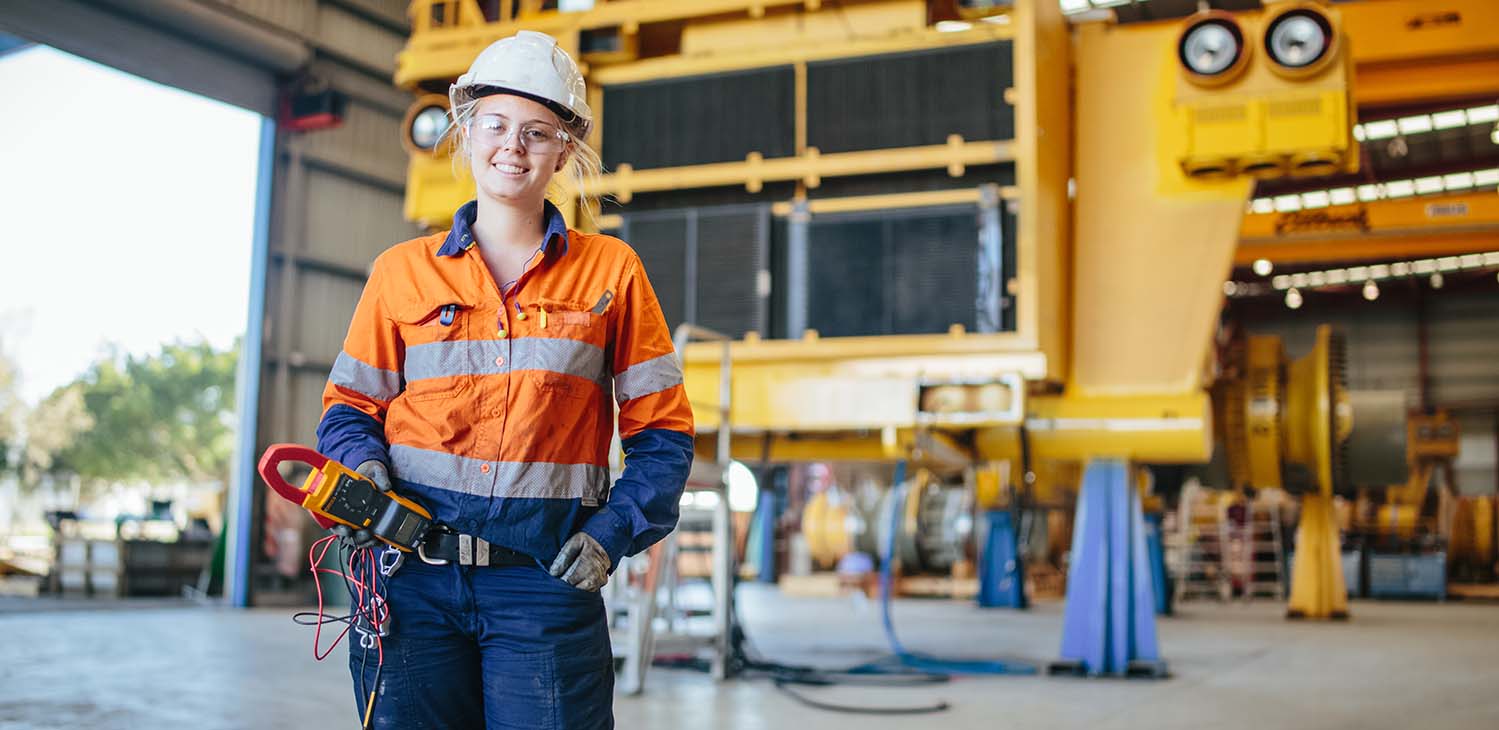
Digital and innovation
The world is becoming increasingly interconnected and competitive as innovation and technology transform traditional business models and how we access goods and services. Queensland needs to keep pace with global change by driving innovation alongside faster, more reliable digital infrastructure.
Download the digital and innovation chapter (![]() 427.0 KB).
427.0 KB).
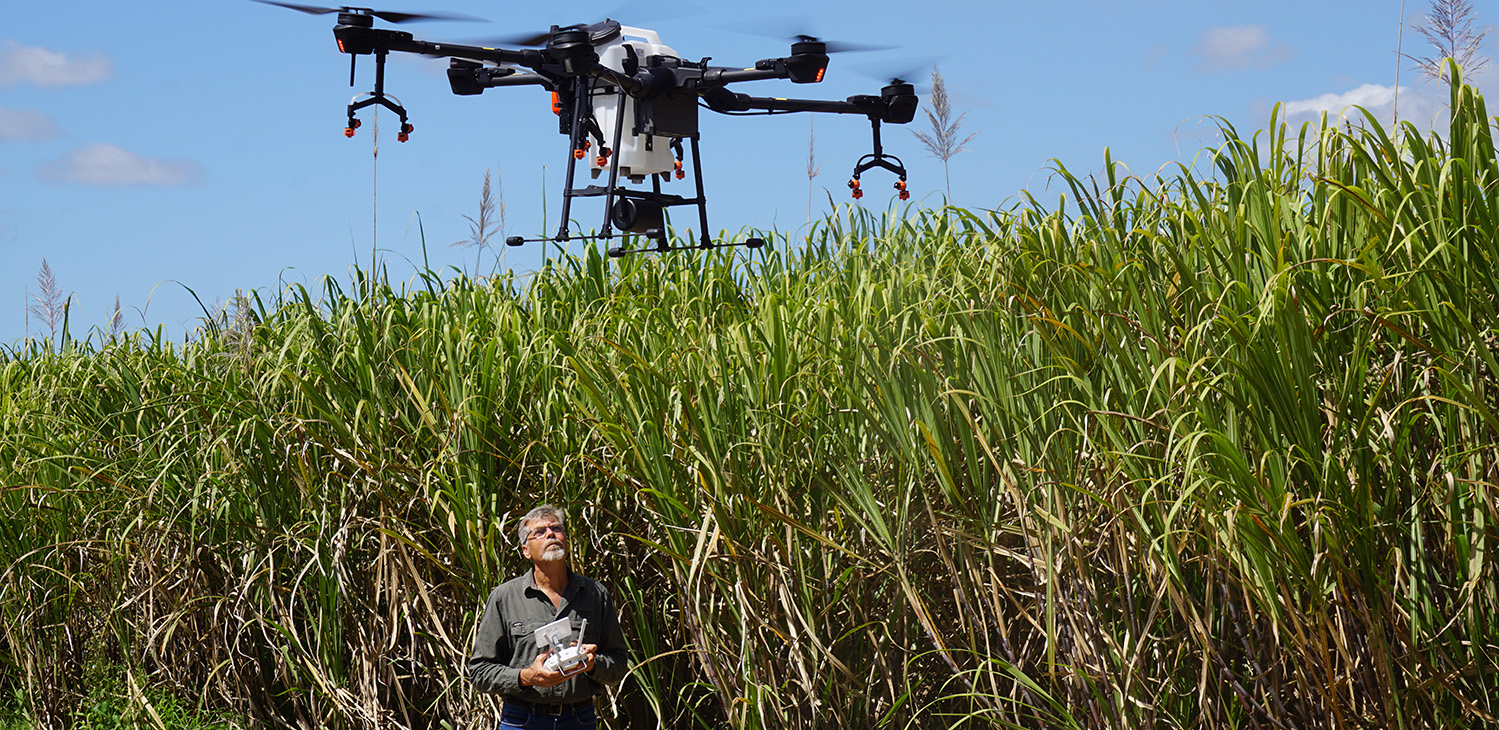
Transport
How we move, and how efficiently we can do it, is key to ensuring productivity and quality of life. Queensland’s transport network is vast and supports expansive regions and cities. Maintaining our transport infrastructure assets is a challenge, particularly given this scale, along with increasing user demands and disruptive weather impacts across the state. Investing in the maintenance of our existing transport infrastructure is essential, not only to provide safe and efficient travel today, but to ensure future economic sustainability.
Download Transport chapter (![]() 333.1 KB).
333.1 KB).

Energy
Secure, reliable and affordable energy is vital to our communities and businesses. It underpins our economy and quality of life, with exciting new technologies including hydrogen production paving the way for a sustainable future and creating more jobs in more industries.
Download Energy chapter (![]() 436.5 KB).
436.5 KB).

Water
Queensland’s water resources are precious. They must be efficiently managed to meet the needs of our growing population and industry demand, while ensuring the sustainability of our water resources into the future.
Download Water chapter (![]() 291.0 KB).
291.0 KB).

Health
Thanks to Queenslander’s united efforts, our response to the COVID-19 pandemic has been outstanding. We have demonstrated how Queensland’s health system ranks among the best in the world. With the state’s population growing and rates of chronic disease increasing, demand for health services is expected to increase significantly.
The government is working to ensure Queenslanders will be among the healthiest people in the world by 2026 by providing more equitable access to high-quality healthcare.
Download Health chapter (![]() 376.1 KB).
376.1 KB).

Education and training
Our education and training system enhances quality of life by giving all children a great start and shaping the skills of the future to drive ongoing prosperity. The government is committed to ensuring all Queenslanders have access to modern, high-quality early-childhood education and care, and education and training facilities, no matter where they live.
Download the education and training chapter (![]() 357.2 KB).
357.2 KB).

Justice and public safety
The safety and wellbeing of Queenslanders is a fundamental priority for the state government. It invests in essential police, fire, emergency and disaster-management services, courthouses, and secure youth-detention centres and correctional facilities to ensure safety and justice is delivered fairly.
Download the justice and public safety chapter (![]() 413.8 KB).
413.8 KB).
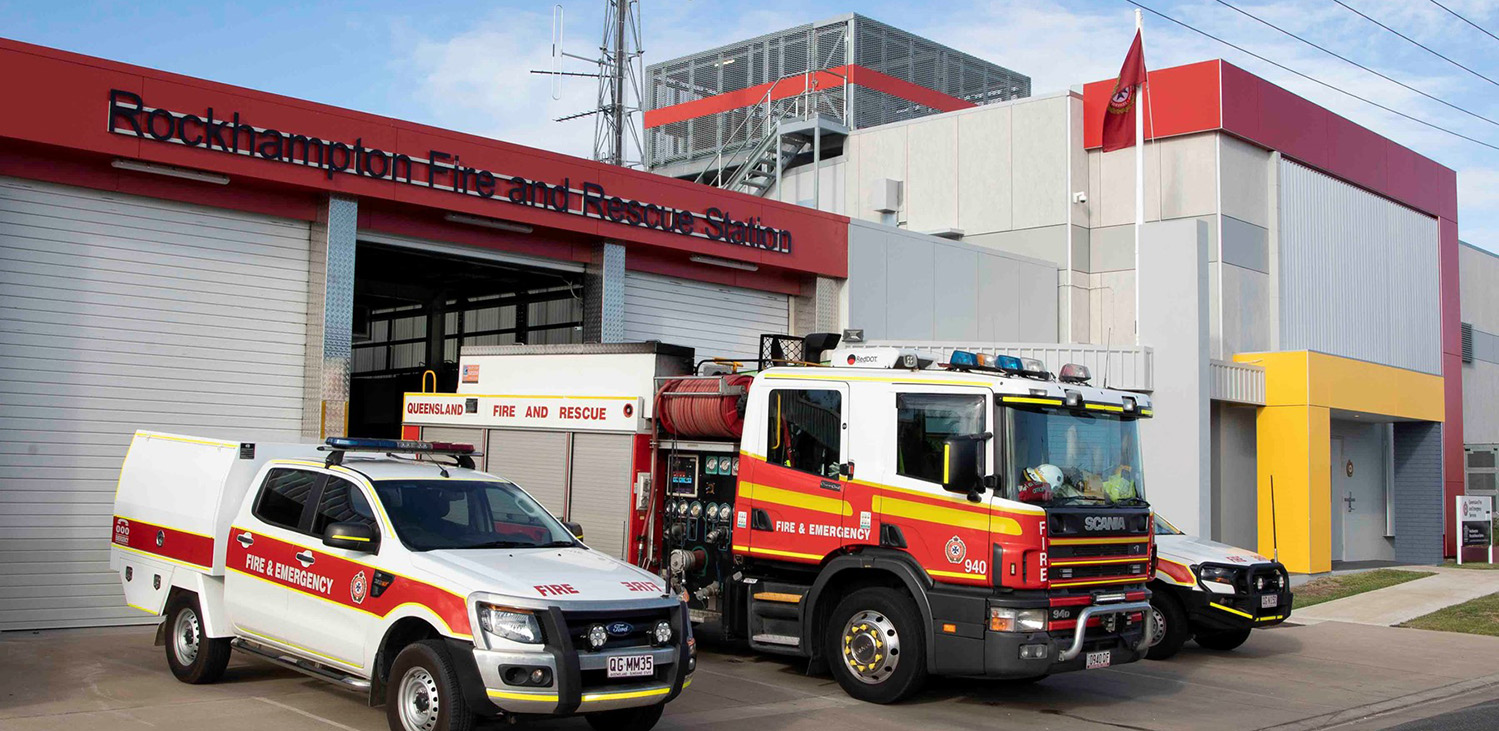
Arts, culture, recreation and tourism
Arts, culture, sport, recreation and tourism are crucially important contributors to the community. They bring people together and provide opportunities to enjoy the great range of experiences Queensland offers.
Download the arts, culture, recreation and tourism chapter (![]() 287.6 KB).
287.6 KB).
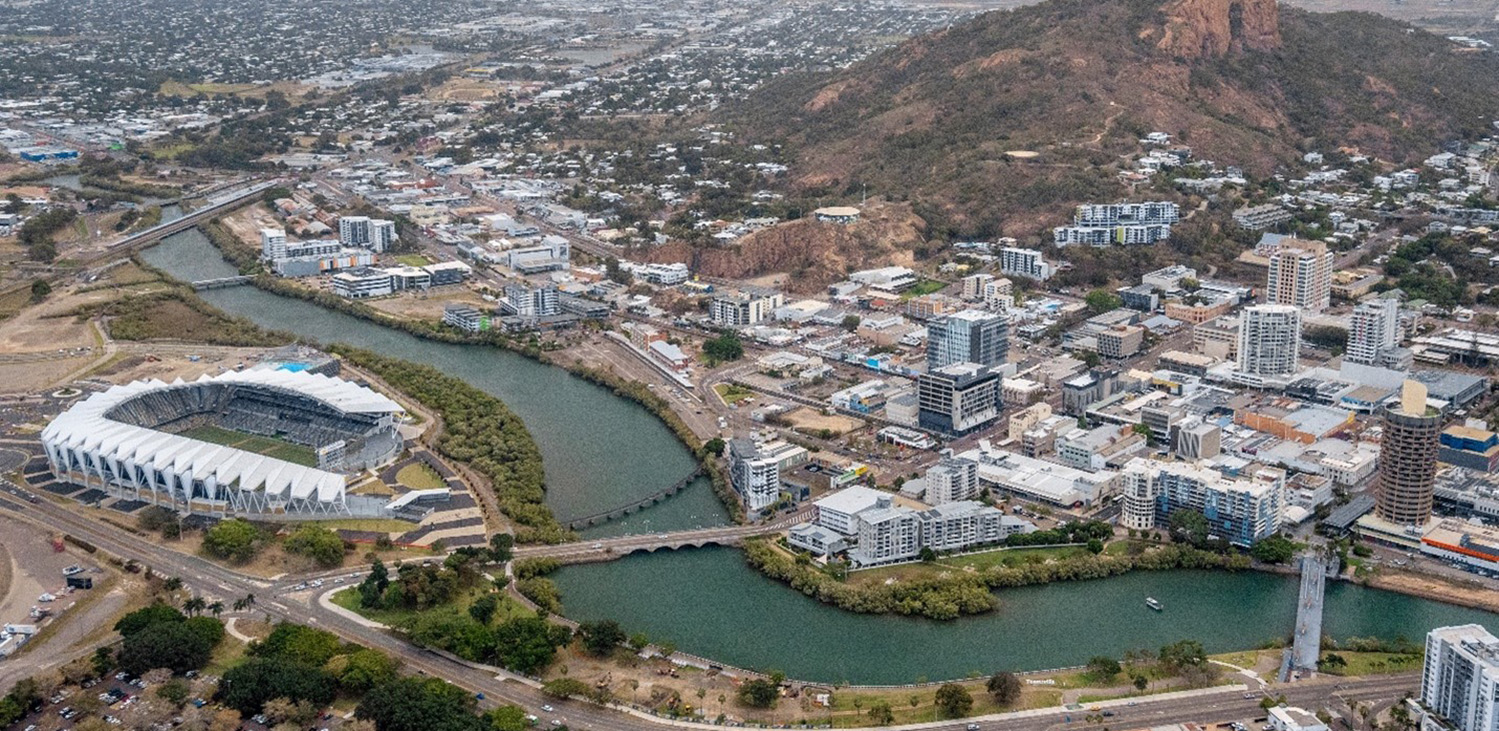
Last updated: 15 Nov 2024


Social and affordable housing
Social and affordable housing is an important part of our communities, as it provides a safe and secure home for many Queenslanders. The pandemic has had wide-ranging impacts on the way we live and work, impacting housing demand, supply and affordability. Demand for housing rapidly increased due to a range of influences, including record low interest rates, fiscal stimulus, and shifts in preferences driving higher property and private rental prices.
Download the social housing chapter ( 343.1 KB).
343.1 KB).